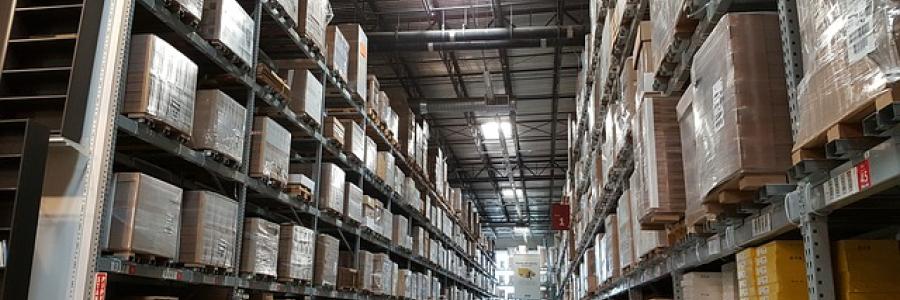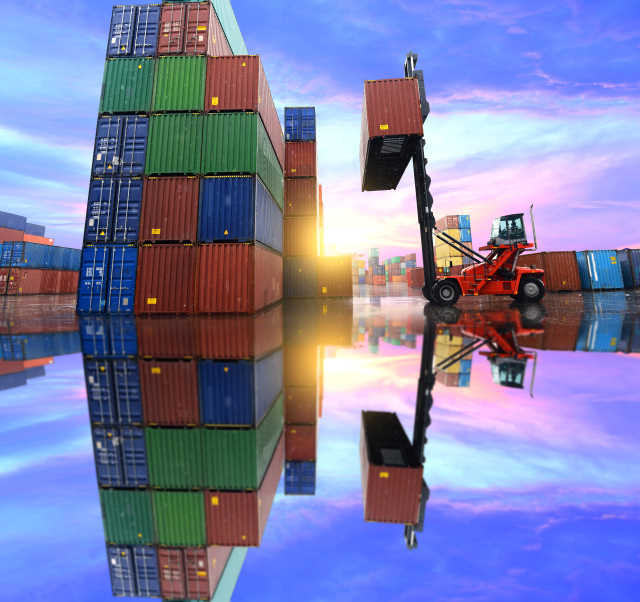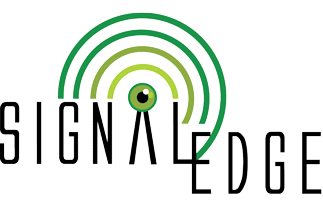- Image

Asset Tracking
Asset Tracking Market was valued at USD 17.14 billion in 2020 and is expected to reach USD 34.82 billion by 2026 at a CAGR of 13.45% during the forecast period of 2021 - 2026. Given the high price of enterprise and industrial assets, especially fleet equipment, the need for monitoring and tracking these assets is paramount. Furthermore, Asset Tracking
GPS, RFID technologies in a bid to determine the total cost of ownership, managers across industries are finding the need for a centralized system that provides critical information, such as location, maintenance history, and contract (if any), for all assets, in real time. GPS tracking, in contrast to the traditional barcode and spreadsheets, has emerged as one of the common practices. Additionally, the adoption of RFID-based asset tracking solutions has also been on the rise. For instance, Manufacturers are adopting Industry 4.0 practices wherein factory workers use a combination of technologies, such as RFID, wearables, and mobile automated systems, to monitor the physical processes on the shop floor thus decentralizing decisions. Also, the increasing need for just-in-time shipments, owing to the e-commerce boom, has greatly increase the need for cost effective asset tracking.
The transportation and logistics sector are greatly driven by shifting economic conditions and strong consumer demand. Therefore, for logistics companies, asset management has more utility beyond reduced costs and also includes increased customer satisfaction (retention). According to Verizon’s 2019 Fleet Technology Trends Study, 64% of fleets reported having used GPS fleet tracking software, up from 59% in the previous year (2018). Such statistics indicate the increased use of asset management where advances in the IoT across the transportation space offers a much broader range of information than location and status of the trailer, but also the cargo inside. According to Cisco, over the next decade, the logistics industry, with the implementation of IoT, is likely to generate USD 1.9 trillion, as a result of unlocking higher levels of operational efficiency.

While shipping containers are fitted with bar code and now RFID tags, GPS technology has begun to help significantly to improve logistics management, as most misrouted or lost containers are found easily. Smart sensors installed in transport containers also provides detailed information on container temperature, humidity, pressure, and container movement, which is anticipated to save a lot of money during the course of the container movement from one place to other. Additionally, smart shipping containers also reduce regular in-person checkup. Beside shipping and fleet vehicles like automated mining and oil transport trucks, rail movement with a typical Asset Tracking Market was valued at USD 17.14 billion in 2020 and is expected to reach USD 34.82 billion by 2026 at a CAGR of 13.45% during the forecast period of 2021 - 2026. Given the high price of enterprise and industrial assets, especially fleet equipment, the need for monitoring and tracking these assets is paramount. Furthermore, Asset Tracking
freight train contains 100 cars of petroleum, minerals, agricultural goods, etc, and is therefore the most typical form of transportation with over 1.3 million freight trains operating over America. Land indeed when considering fleets like FEDEX their commercial transport type is comprehensive. And let us not forget the 63.1 million tons of freight carried through commercial airlines worldwide in 2021 where revenue is surpassing 150 billion U.S. dollars worldwide, this is with a commercial cargo air fleet of 880.
Target: Each year, more than 11 million maritime containers arrive at our seaports. At land borders, another 11 million arrive by truck and 2.7 million by rail. With each cargo container possessing an average of 20 sensors.
